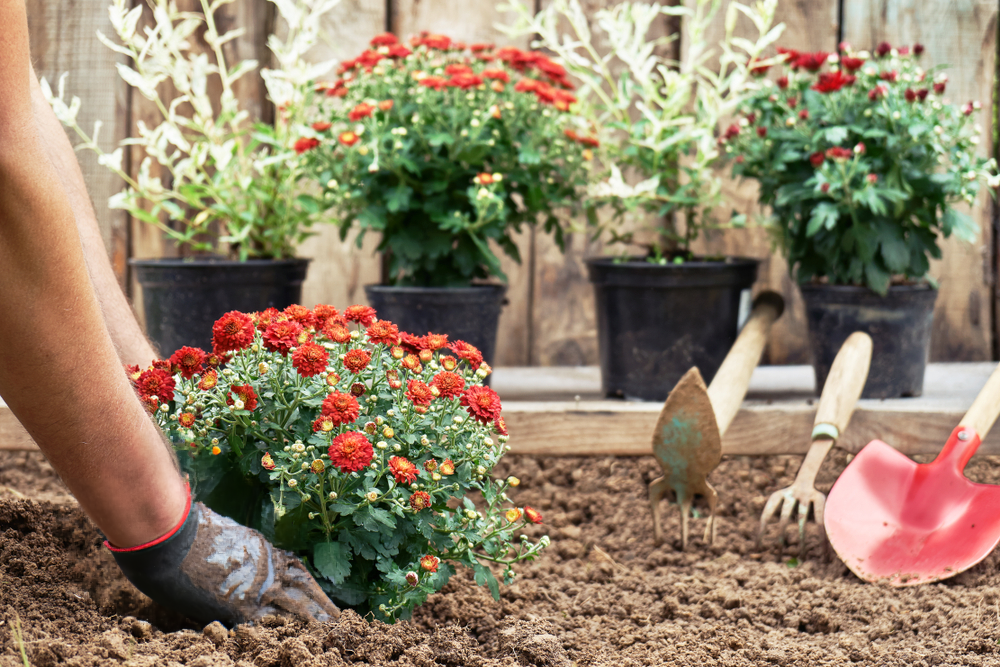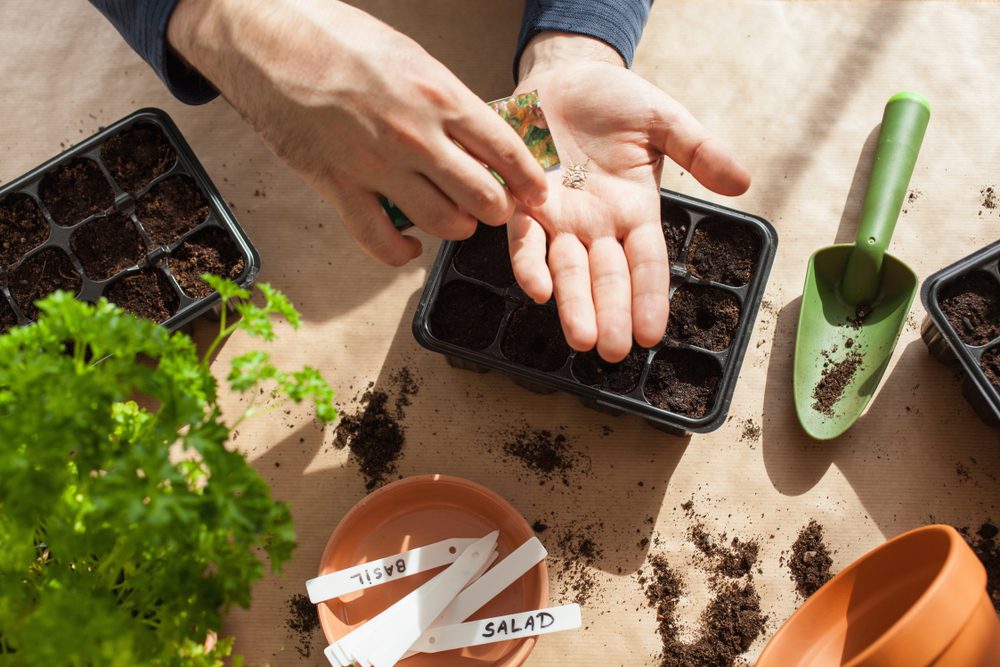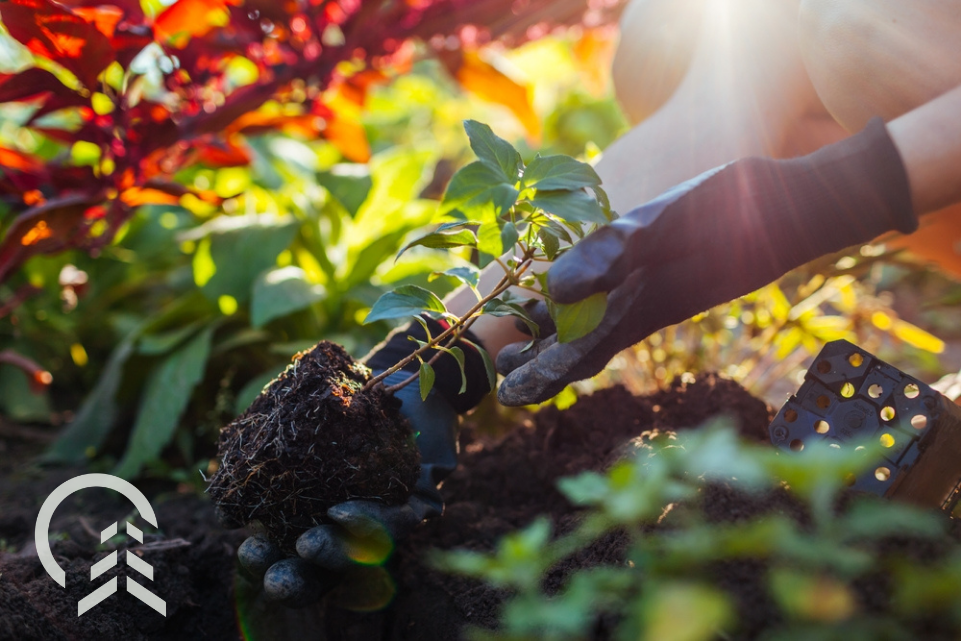Fall will be here before you know it! When the time comes, planting your fall garden can beautify your yard and satisfy your need to grow plants. Fall planting is rewarding and keeps your property looking its best. At Platt Hill Nursery, we’ll be here for you as you plan your fall garden. We’re happy to answer questions to help you with the process.
Zone 5 Planting Schedule
Most of the state of Illinois falls in Zone 6 and even a little into Zone 7, but the Chicago area is still in Zone 5. This means our frost dates can come early and our fall growing season is short. Below is a good zone 5 planting schedule.
When to Plant Veggies and Flowers
Most fall planting happens in the beginning or middle of August. Whether you’re planting veggies or flowers, talk to the experts at the nursery or read the seed package to select the right timing (down to the week) for the plants you’ve selected.
When to Plant Trees and Shrubs
Fall is a mild time of year in Illinois, so it’s a good time for planting trees and shrubs. Trees and shrubs can be planted until the ground is frozen, which can range from mid-November and even into December for some years.
When to Plant Bulbs for the Spring
You can plant bulbs for the spring any time in mid-September through October. Plan to do this on a day that’s cool. The best time to plant bulbs is when the nighttime temperatures are between 40 and 50 degrees Fahrenheit, about 6 to 8 weeks before the ground freezes.
First Frost Date Zone 5
The first frost date for zone 5 is October 15. This means that in an average year, there will not be a frost before this date. Of course, it’s important to pay attention to the weather and remember that frost can occur any time – even before the frost date. If you’re planning to plant anything in fall, or if you’re worried about getting crops out of the ground before the first frost hits, watch your weather forecast and act accordingly.
9 Tips for Fall Planting
Below are some tips for fall planting. If you have questions about planting a garden this fall, ask the experts at Platt Hill Nursery.
1. Clean Up Your Garden Before Planting
Remove weeds to prevent seeds from germinating the following spring, but leave the full clean up until spring when the daytime temperatures are consistently 50 degrees. This prevents the destruction of beneficial insect species, such as overwintering butterflies.
2. Select Fast Growing Plants

The fall growing season is short but can be extremely rewarding. If you’re planting fall crops, choose fast-growing plants like lettuce, spinach, and kale, as well as hardy vegetables like turnips, beets and radishes.
If you’re planting flowers, look for flowers that product fall foliage, grow quickly and have some tolerance for cold weather. Chrysanthemums and asters are a great choice at this time of year because they’re very flexible, able to be grown in pots or in the ground, and produce beautiful fall color. Try a Montauk daisy for a colorful October display.
3. Make a Planting Schedule
Plan your gardening season ahead of time, selecting days when you’ll plant. Mark your calendar and know what you plan to plant on each day. As planting day draws close, get everything you need for fall planting ahead of time, whether that’s seeds, starts, fertilizer, tools. When the day comes to plant, you’ll be ready to get to work!
4. Use Mulch Generously
Mulch is good for protecting your plant roots from the cold. Mulch around your flowers and shrubs generously, applying two or three inches of mulch at a time. There are several types of mulch available at nurseries, but most plants do best when you use organic mulch, like shredded bark.
5. Watch the Temperatures As the Season Wears On
You could always get an early frost. Watch the temperatures – especially the night-time temperatures – for early freezes and frosts. You may be able to save your plants from an early freeze by covering them with a light tarp. Once subjected to a hard frost, many vegetables will no longer be good to eat. Plan to harvest before the weather reaches freezing temperatures at night. Don’t forget to disconnect hoses from the house when temperatures are expected to dip below freezing.
6. Let Some Land Rest
Soil needs a break sometimes. Beds that grew vegetables over the summer may benefit from a rest in the fall. Plan your garden strategically to ensure you have space for a fall garden without over-using the soil.
7. Rotate Crops
Different vegetables use different soil nutrients to grow. They also draw different pests and diseases. Divide your crops into different groups (legumes, alliums, nightshades, etc), then avoid planting crops from the same group in the same place during each growing season. Rotating crops can help you maintain healthy soil for growing.
8. Consider Greenhouse Gardening
If you enjoy growing vegetables throughout the year, consider building a greenhouse or cold frame on your property. Greenhouses provide some shelter for plants and allow you to grow vegetables longer into the fall.
9. Get a Head Start with Seeds
If you’re planning to grow fall vegetables from seeds, consider starting your seeds indoors in the late part of the summer then transfer the seedlings to your garden when it’s time to plant. This will get you a few extra weeks worth of growth out of your plants. Some seeds should be direct-sown into the ground, so watch for this on the seed packet instructions.

Have Questions? Call Platt Hill Nursery
Platt Hill Nursery is happy to provide fall perennial plant care information to homeowners in the Chicago area. Call today or stop in at our nursery to learn more about fall planting in Chicago.


